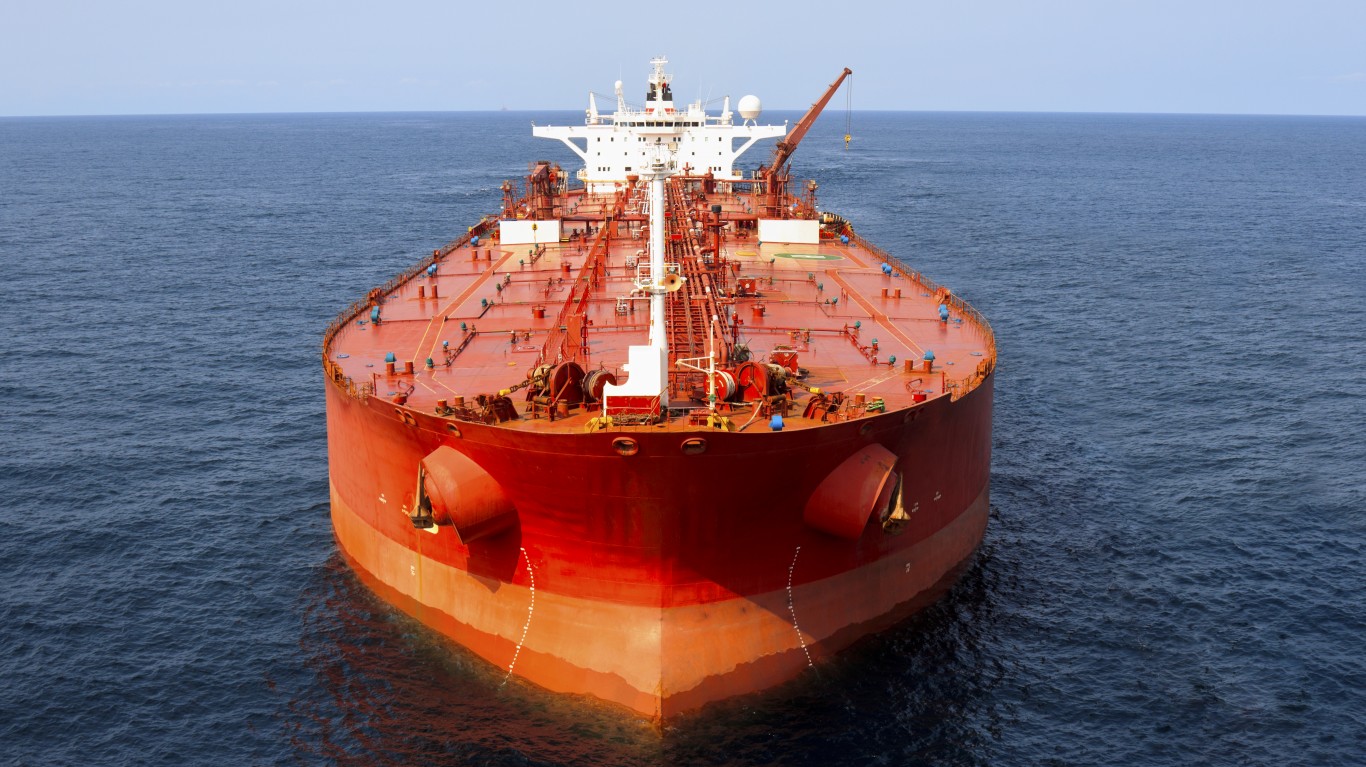
Global oil supply rose by 1.1 million barrels a day in August following the easing of OPEC+ production cuts. The cartel and its partners lowered their production reductions from 9.7 million barrels a day to 7.7 million barrels, lifting global supply to 91.7 million barrels a day, compared to 100 million barrels a day of supply in August 2019.
In its Oil Market Report for September published Tuesday, the International Energy Administration (IEA) continues to point to the uncertainty of recovery from the COVID-19 pandemic. Although hospitalizations and deaths have fallen, stricter measures to combat the infection are being implemented in many countries, “[t]hese developments weigh heavily on economic activity and lead to lower expectations for a recovery in energy demand.”
Last month the agency lowered its estimate of demand contraction by 140,000 barrels a day to 8.1 million barrels a day, the IEA’s first downgrade to the demand estimate in several months. In the September report, the IEA has cut its demand estimate by another 300,000 barrels to 8.4 million daily barrels. Demand growth for 2021 is pegged at 5.5 million barrels a day, based on a forecast for a strong recovery in China.
Global demand for the seven-month period between January and July fell by 10.5 million barrels a day below last year’s average for the same period. IEA now expects global demand to fall by 600,000 barrels a day in the fourth quarter of this year.
That decline won’t help reduce global stockpiles of crude. The agency now expects crude inventories to fall by 3.4 million barrels a day in the second half of the year, but that’s a million daily barrels fewer than last month’s estimate.
Global demand rose sharply in May and June but has leveled off in the past two months at around 92 million barrels a day, a year-over-year drop of around 8 million barrels a day. The expected recovery during the second half of the year is not happening.
At the Asia Pacific Petroleum Conference beginning Tuesday in Singapore, the co-head of oil trading at Trafigura, the world’s second-largest oil trader, said that his firm expects crude inventories to build as 2020 draws to a close. Ben Luckock said in an interview that the market looks worse in a couple of months and, “I think lower oil prices are warranted.”
One signal of inventory growth is tanker charters to store crude while traders and producers wait for prices to rise. According to the IEA, “trading houses are once again looking to charter ships to store oil.” Luckock admitted that crude prices are approaching the point (less than $40 a barrel for benchmark Brent) where storing crude on tankers sailing around in circles is economically better than selling the crude at very low prices.
Brent traded at around $40.00 a barrel Tuesday morning, while West Texas Intermediate traded at around $37.75 a barrel. Both benchmarks trade about $5 a barrel below their August highs.
It’s Your Money, Your Future—Own It (sponsor)
Retirement can be daunting, but it doesn’t need to be.
Imagine having an expert in your corner to help you with your financial goals. Someone to help you determine if you’re ahead, behind, or right on track. With SmartAsset, that’s not just a dream—it’s reality. This free tool connects you with pre-screened financial advisors who work in your best interests. It’s quick, it’s easy, so take the leap today and start planning smarter!
Don’t waste another minute; get started right here and help your retirement dreams become a retirement reality.
Thank you for reading! Have some feedback for us?
Contact the 24/7 Wall St. editorial team.




